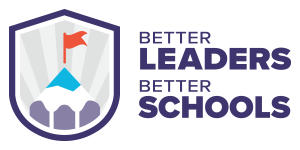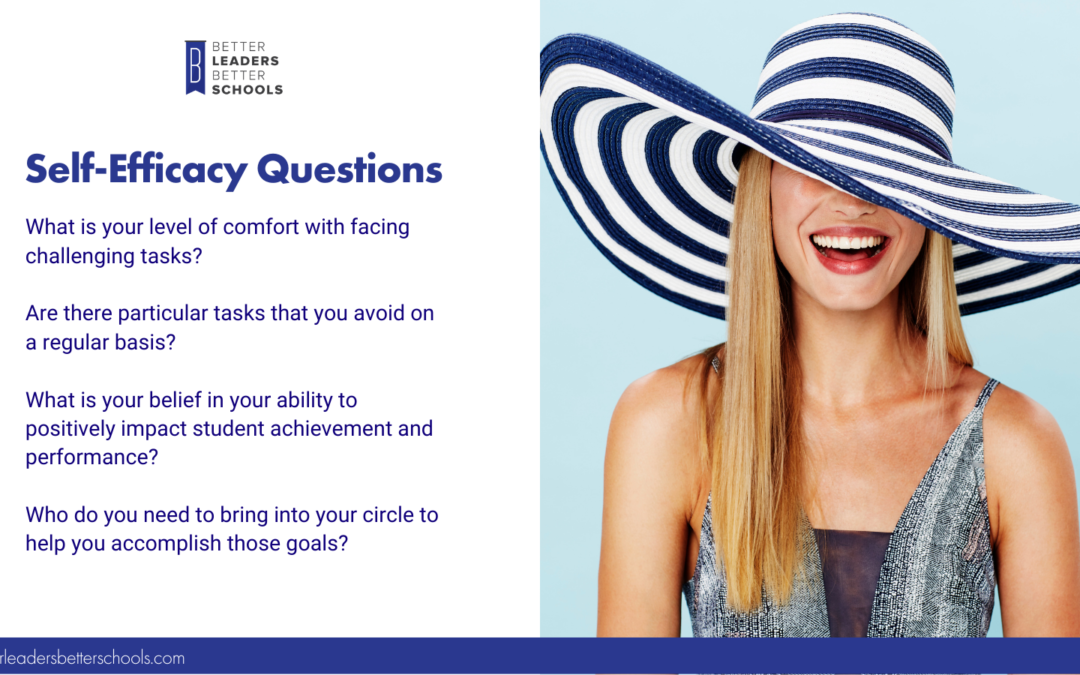As leaders, the demands on our time are always present and simply demanding.
We are pushed, pulled, and sometimes even dragged into situations that we wish, at times, also contained a secret escape hatch.
On other occasions, we are like the White Rabbit from Alice in Wonderland. We have no time for hellos and goodbyes because we are already late for something.
Of the many hats leaders are expected to wear throughout a day – coach, mentor, facilitator, mediator, consultant, decision-maker, influencer (you get the idea) – all require a number of decisions that must be made. The decisions include those that one has time to ponder and those that must be made in the blink of an eye.
What matters most when wearing all of these hats? Efficacy.
Efficacy can be used to explain individual’s beliefs concerning their capabilities, the outcomes that are a result of their actions, the ability to face challenging tasks, and, most importantly, a strong belief in their ability to positively impact student achievement and student performance.
It is imperative that leaders take a step back (yes, a step back) and think about self efficacy in education.
To begin the process of determining your level of self-efficacy, it is important to ask yourself a number of probing questions.
- How comfortable are you, as a leader, in your capability to wear the hats required in your position?
- Which hats prove the most challenging?
- What is your level of comfort with facing challenging tasks?
- Are there particular tasks that you avoid on a regular basis (or simply put off by moving from one day to the next to the next on your calendar)? How can you delve deeper into understanding why you avoid those tasks and develop a plan of action moving forward?
- What is your belief in your ability to positively impact student achievement and performance?
- Who do you need to bring into your circle to help you accomplish those goals?
Efficacy, as described by George Mumford who taught mindfulness to Chicago Bulls during the reign of Michael Jordan, can provide individuals within a system (such as a school system) the ability to exhibit what he calls stress hardiness in the face of challenges.
In today’s educational world, who couldn’t use a bit more stress hardiness?
Increasing your own sense of efficacy is one step in the right direction.
And if you are looking to upgrade your inner circle and engage in increasing your own level of self efficacy in education, feel free to check out the mastermind.
About the Author
Paige Kinnaird is a change-maker who strives to help educators and educational leaders realize their potential, 1% at a time, by posing provocative questions that push the boundaries of reflective practice.



